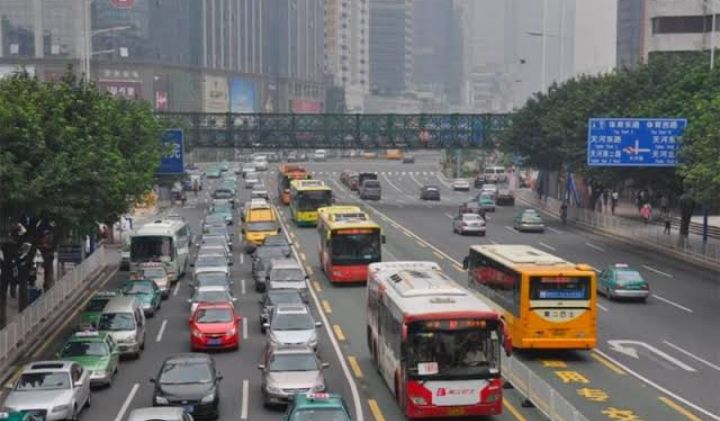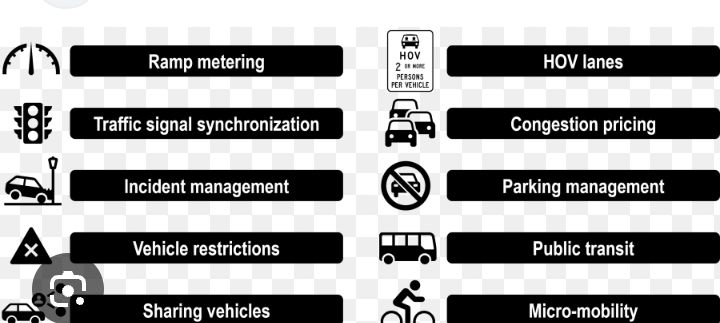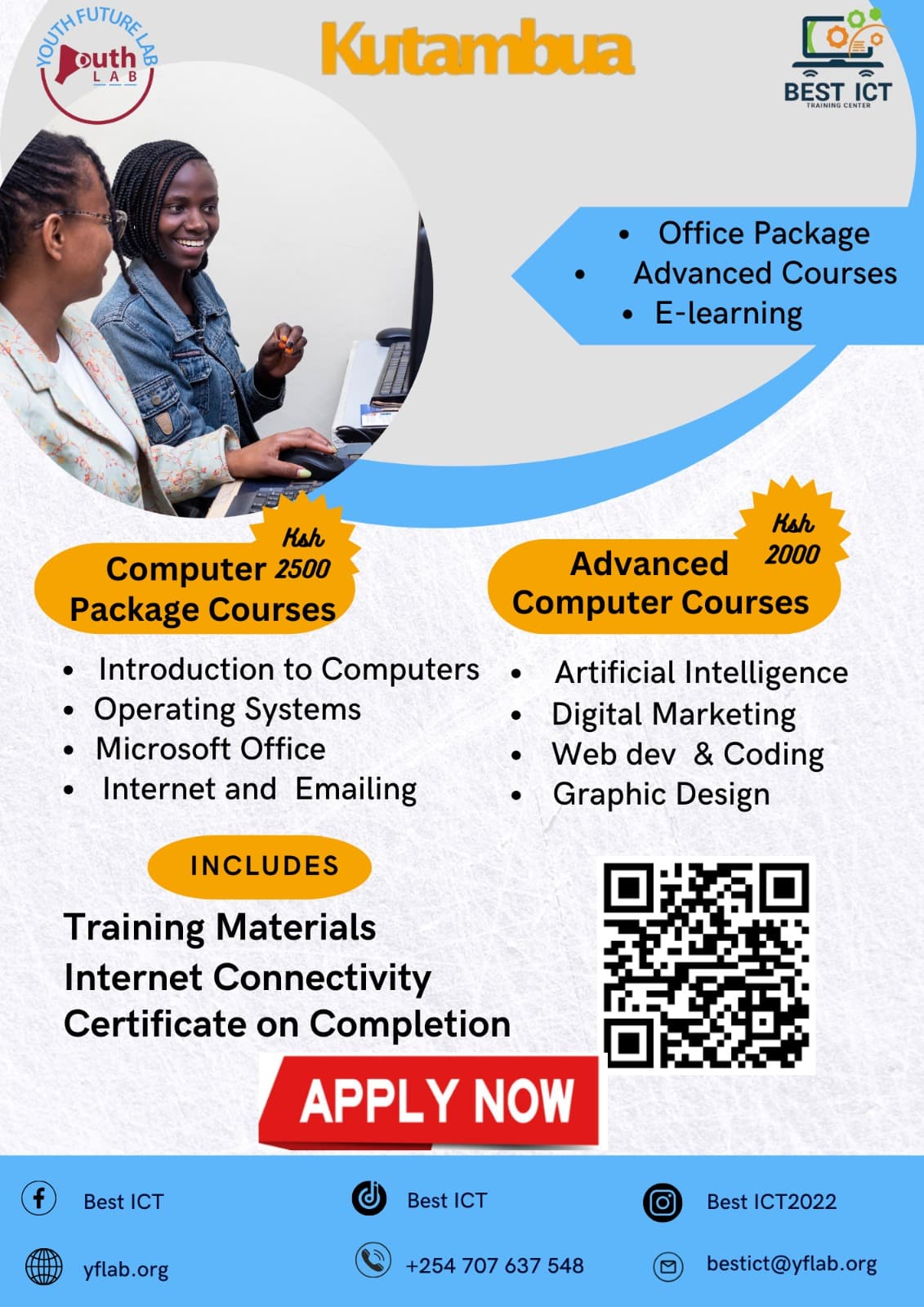Urban transportation systems form the backbone of city life, enabling mobility, access to services, and economic activities. However, with rapid urbanization and population growth, transportation systems face increasing pressure. Cities across the globe encounter significant challenges in providing efficient, accessible, and sustainable transport services. At the same time, evolving technologies and planning strategies offer new opportunities to revolutionize urban mobility. This article explores both the challenges and the opportunities in urban area transportation, aiming to provide a comprehensive perspective on how cities can evolve to meet future demands.

Major Challenges in Urban Transportation
Urban transportation systems are strained by several complex and interconnected challenges:
1. Traffic Congestion: One of the most visible problems in urban areas is traffic congestion. The concentration of vehicles during peak hours leads to delays, wasted fuel, and increased stress among commuters. Cities like Mumbai, Los Angeles, and Jakarta often experience gridlocks that can last for hours, costing billions in lost productivity.

2. Inadequate Public Transport: Many cities suffer from underdeveloped or poorly maintained public transport infrastructure. Limited coverage, unreliable schedules, overcrowding, and outdated vehicles make public transit an unappealing option for many urban residents.
3. Environmental Pollution: Transportation contributes significantly to air and noise pollution in cities. Vehicle emissions are a major source of greenhouse gases and particulate matter, impacting both environmental and public health.
4. Urban Sprawl: As cities expand horizontally, commuting distances increase, exacerbating transportation issues. Suburban expansion often outpaces the development of transport infrastructure, leading to car dependency and longer travel times.
5. Equity and Accessibility: Transportation inequality is a pressing issue. Low-income and marginalized communities often live in poorly connected neighborhoods with limited access to affordable transport, restricting their mobility and economic opportunities.
Infrastructure and Financial Limitations as Another set of challenges relates to infrastructure and financing:
1. Aging Infrastructure: In many older cities, roads, bridges, and transit systems are outdated and in need of repair or replacement. Maintaining and upgrading this infrastructure is costly and often politically contentious.
2. Lack of Funding: Developing and maintaining transportation infrastructure requires significant investment. However, budget constraints, competing priorities, and bureaucratic inefficiencies often limit the availability of funds for transport projects.
3. Space Constraints: Urban areas have limited space for expansion. Building new roads or expanding existing ones often involves displacing homes or businesses, leading to social and political conflicts.
4. Coordination Issues: Effective urban transport requires coordination between multiple agencies and jurisdictions. Fragmented governance can lead to inconsistent policies, duplication of efforts, and inefficient service delivery.
Technological Opportunities in Urban Mobility Despite these challenges, technology is creating transformative opportunities in urban transportation:
1. Smart Transportation Systems: Intelligent Transportation Systems (ITS) use sensors, data analytics, and communication technologies to optimize traffic flow, reduce congestion, and enhance safety. Examples include adaptive traffic signals, real-time transit information, and automated toll collection.
2. Electric Vehicles (EVs): The shift from fossil fuel-based vehicles to EVs helps reduce urban air pollution and dependence on non-renewable energy. Public and private initiatives to install charging stations are increasing EV adoption in cities.
3. Shared Mobility: Ride-hailing apps, car-sharing, bike-sharing, and scooter-sharing services offer flexible, cost-effective transport options, particularly for short distances. These services also help reduce private car usage and associated emissions.
4. Autonomous Vehicles: While still emerging, self-driving cars have the potential to reshape urban mobility by improving road safety, reducing traffic congestion, and enabling better use of road space.
5. Mobility as a Service (MaaS): MaaS integrates various forms of transport into a single accessible platform, allowing users to plan, book, and pay for multiple transport modes using one application. This seamless connectivity improves user experience and transport efficiency.

Urban Planning and Policy Opportunities – Urban planning and policy reforms also offer significant opportunities to enhance transportation:
1. Transit-Oriented Development (TOD): TOD promotes high-density development near transit stations, reducing the need for private car use and encouraging walking, cycling, and public transit. It supports sustainable urban growth and improves accessibility.
2. Non-Motorized Transport Promotion: Investing in pedestrian-friendly infrastructure and dedicated cycling lanes enhances safety and encourages active mobility. Cities like Copenhagen and Amsterdam are global leaders in this domain.
3. Congestion Pricing and Low Emission Zones: Pricing strategies, such as charging vehicles to enter congested city centers, can effectively reduce traffic and pollution. Low emission zones also encourage the use of cleaner vehicles.
4. Integrated Land Use and Transport Planning: Coordinated planning helps align transport infrastructure with residential and commercial development. This reduces travel distances and enhances connectivity.
5. Public-Private Partnerships (PPPs): Collaborations between governments and private companies can mobilize resources, expertise, and innovation for transport projects, especially in infrastructure development and technological deployment.
The Road Ahead – Toward Sustainable Urban Transportation The future of urban transportation hinges on sustainability, inclusivity, and resilience. While technological innovations and policy reforms provide promising solutions, their success depends on effective implementation and community engagement. Cities must:Adopt holistic, long-term transportation plans that prioritize sustainability and equity.Engage citizens and stakeholders in planning and decision-making to ensure solutions are inclusive and contextually appropriate.Invest in research and innovation to continuously adapt to changing mobility needs and environmental concerns.
Conclusion
Build resilient transport systems that can withstand disruptions from climate change, pandemics, and other crises.By addressing challenges proactively and seizing emerging opportunities, urban areas can transform transportation systems into engines of economic growth, social inclusion, and environmental stewardship. The journey toward smarter and more sustainable cities begins with a commitment to rethink mobility for the benefit of all.




